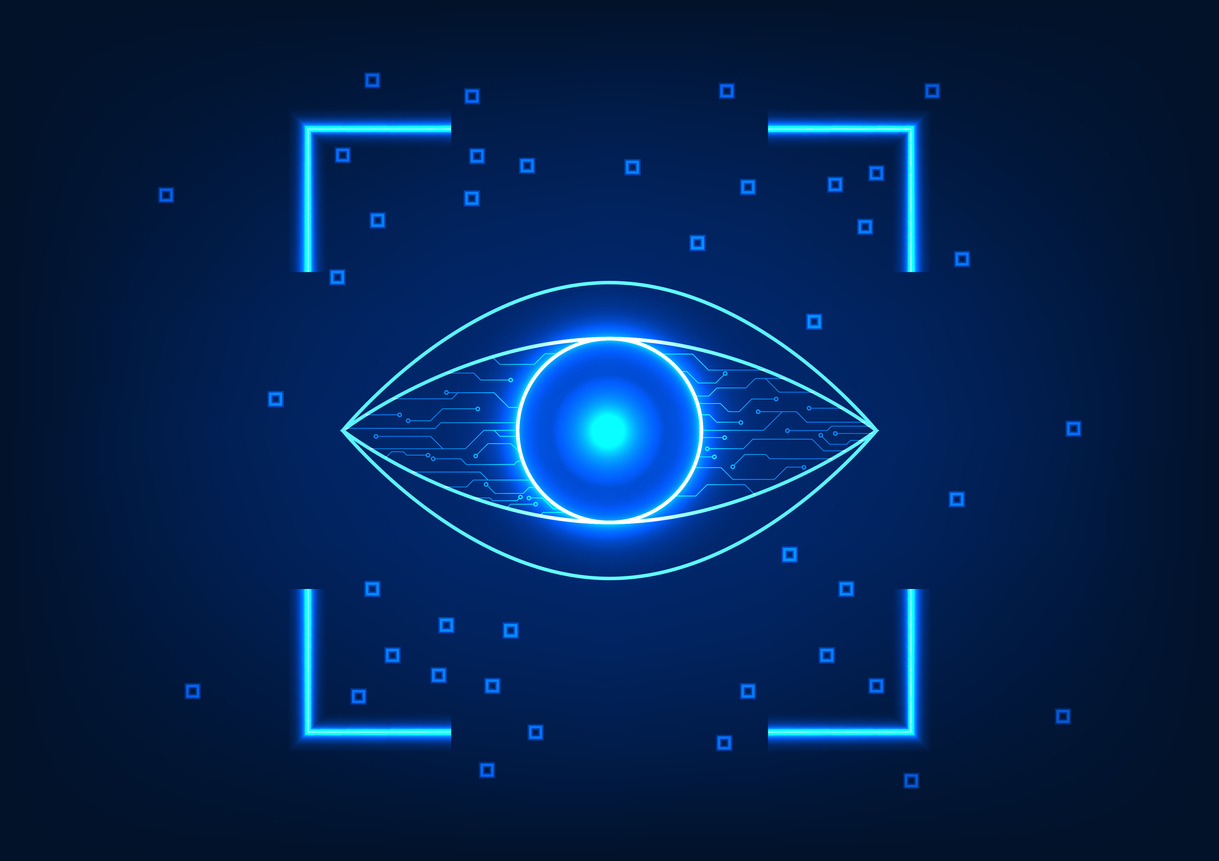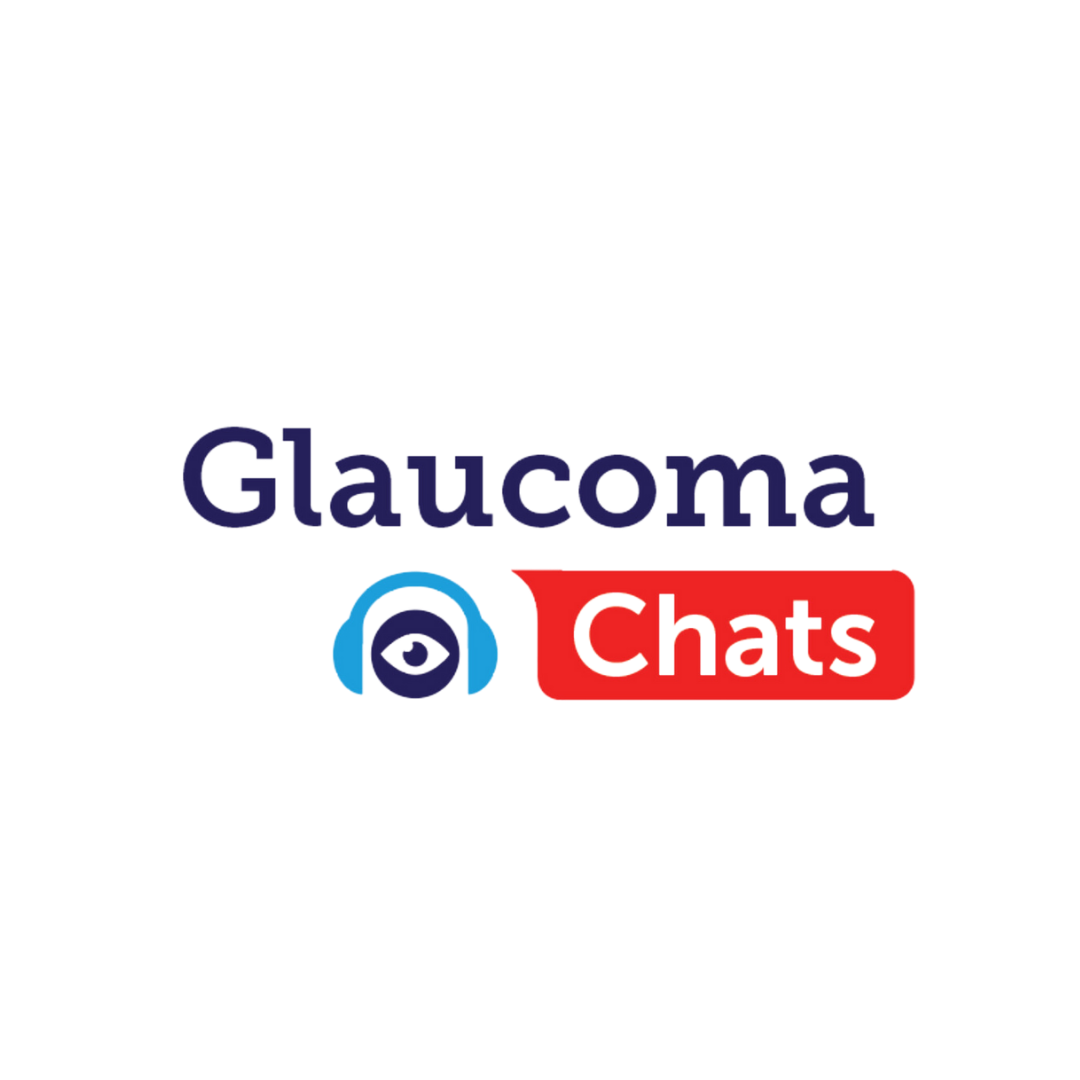
When evaluating treatment options for glaucoma, it is wise to come prepared to your eye doctor’s appointment with questions that will help you make an informed decision.
If you have been recently diagnosed with glaucoma, you may have many questions about the most appropriate treatment. In some ways, the choice about treatment is not difficult because all treatments center around lowering your eye pressure.
However, the choice of how to lower the eye pressure becomes significantly more complicated, since medications, laser, and surgical treatments all could potentially be used at various stages of glaucoma.
Evaluating different treatment options may be challenging since there are choices to make and it may seem overwhelming. You may decide to rely on your ophthalmologist’s advice, expertise, and guidance in choosing a treatment, but it always helps to have some questions prepared. This list may help you frame your thoughts and questions about glaucoma treatment. It is not a comprehensive list, as everyone has unique circumstances that impact the choice of treatment, but it is a good starting point.
1. Is glaucoma curable?
There is currently no cure for glaucoma, which means that treatment cannot reverse any existing damage to the eye caused by glaucoma. The goal of glaucoma treatment is to slow the progression that this group of eye diseases that can cause blindness in which the cells that comprise the optic nerve, retinal ganglion cells, degenerate over time. Currently, the only treatment option is to lower eye pressure, whether that be through medications, laser, or surgery. However, a more holistic goal of treatment is to slow the progression of glaucoma using a treatment that has minimal side effects and does not disrupt the patient’s quality of life. Therefore, your ophthalmologist should take these factors into consideration when discussing treatment options with you.
2. What are my treatment options for glaucoma?
Glaucoma treatment options include glaucoma medication, eye drops, laser trabeculoplasty, and minimally invasive glaucoma surgeries (MIGS). Each has pros and cons.” Below we discuss common ways to treat glaucoma:
- Medications
- Laser Trabeculoplasty
- Surgery
It is always useful to learn about the various options available when you are about to start glaucoma treatment. In most situations, medications (glaucoma eye drops) will be discussed, although laser (laser trabeculoplasty) is also a very reasonable first-step option.
Medications
Medications have several advantages, including easy tolerability in most cases, low intervention (it’s not a laser or surgery, after all), and good effectiveness. However, downsides include side effects such as eye irritation and redness or allergic reactions, the need to remember to take the medications every day, and ongoing cost depending on your prescription coverage.
Laser Trabeculoplasty
Laser trabeculoplasty has the advantage of good effectiveness, relieves the patient from having to take drops (if your eye pressure is fairly easy to control), and has few side effects. The disadvantages of laser include the fact that it is a procedure (and there are risks with any procedure), it is not a cure, and the effect tends to wear off over time.
For some patients the answer is clear: they do not want to undergo a procedure and thus eye drops are preferred. Other patients prefer laser because they do not want to deal with the trouble of remembering to instill eye drops and experiencing their side effects. It will be useful for you to have a conversation about the various options before making your final decision, and your ophthalmologist can help guide you through this choice.
Surgery
While surgical treatment of glaucoma has typically been reserved for patients whose glaucoma is not controlled by medications or laser treatment, there are now newer minimally invasive glaucoma surgeries (MIGS for short) that are typically combined with cataract surgery in the treatment of mild to moderate open-angle glaucoma.
Therefore, in order for these surgeries to be an option for you, you should have a cataract that is impacting your vision and your quality of life, and you should have early to moderate open-angle glaucoma. In such a case, one may even consider bypassing medications or laser in favor of cataract surgery combined with a MIGS procedure.
Finally, cataract surgery alone has been shown to be effective in lowering eye pressure in open-angle glaucoma patients, and an even more robust and definitive eye pressure lowering is seen when cataract surgery alone is performed in patients with narrow-angle glaucoma. Learn more about narrow angles and how that relates to glaucoma.
3. What are common side effects of glaucoma treatments?
All treatments have side effects, and it is important to know what common side effects might occur prior to starting treatment. The various choices of glaucoma medications all have different side effects, so it is important to consider your own personal circumstances along with the types of side effects you could potentially tolerate.
As an example, latanoprost (Xalatan®), travoprost (Travatan-Z®), bimatoprost (Lumigan®), and also a new medication called latanoprostene bunod (Vyzulta™), cause eye redness, irritation, and eyelash growth and thickening (some glaucoma patients like this latter side effect).But these medications can also darken the iris color of blue and hazel-eyed patients, cause eyelid darkening or other side effects. Some of these side effects are less common, and a discussion with your ophthalmologist regarding your specific case is important. In addition, you should ask how side effects can be minimized. For example, you can limit absorption into your body by practicing “punctal occlusion,” described in Top 10 tips for instilling eyedrops.
4. What are the success rates of the different treatment options?
This is an important question to ask since various treatments have different levels of effectiveness. In addition, some treatments are more effective in some patients than others. For example, eye pressure tends to decrease more after cataract surgery in patients with narrow angles versus open angles. For the MIGS procedures combined with cataract surgery, most do not lower the eye pressure lower than the mid-teens, say 15 or 16 mmHg (millimeters of mercury). Therefore, if your eye pressure is 12 mmHg or less, then this procedure may not be the best one for you.
5. What new treatments are coming down the pipeline?
In late 2017, the first new medications in over two decades were approved by the FDA (Vyzulta™ and Rhopressa®). Furthermore, the last 5-10 years have seen an explosive growth of new surgical procedures that are less invasive (MIGS procedures). In addition to these new methods of lowering eye pressure, I hope that the field will also develop treatments that go beyond eye pressure lowering, such as treatments that protect the optic nerve (“neuroprotection”).
6. Ask the doctor: what treatment would you choose for your own eyes?
This question is always simple and useful question to ask, although the answer is not always straightforward. Despite our efforts to be objective and unbiased, ophthalmologists still have preferences or clinical experience that may push them towards one treatment versus another.
About BrightFocus Foundation
BrightFocus Foundation is a premier global nonprofit funder of research to defeat Alzheimer’s, macular degeneration, and glaucoma. Through its flagship research programs — Alzheimer’s Disease Research, Macular Degeneration Research, and National Glaucoma Research— the Foundation has awarded nearly $300 million in groundbreaking research funding over the past 51 years and shares the latest research findings, expert information, and resources to empower the millions impacted by these devastating diseases. Learn more at brightfocus.org.
Disclaimer: The information provided here is a public service of BrightFocus Foundation and is not intended to constitute medical advice. Please consult your physician for personalized medical, dietary, and/or exercise advice. Any medications or supplements should only be taken under medical supervision. BrightFocus Foundation does not endorse any medical products or therapies.
- Eye Health
- Lifestyle
- Treatments








